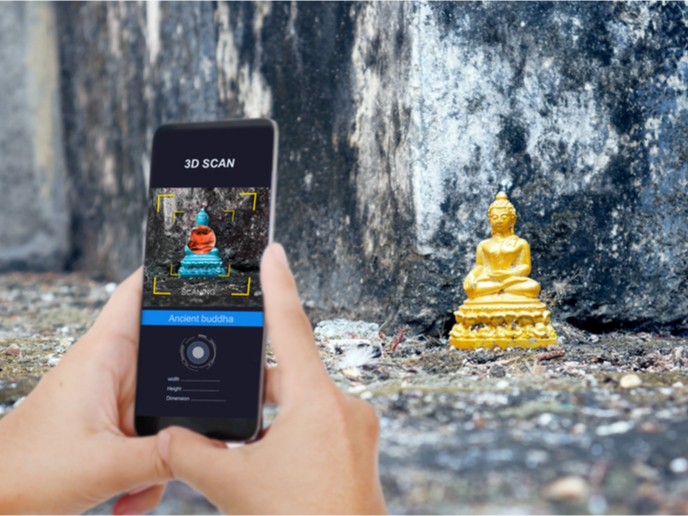Hello, this is an automated sales call
Voice over IP (VoIP) has come a long way in recent years and has even replaced traditional telephony services in many parts of the world. However, there are new challenges to ensuring high quality service and keeping the technology attractive, particularly that of spam over Internet telephony (SPIT). Similar to email spam but with a voice component, this challenge could come in the form of pre-recorded advertising messages, prank calls or other telephone abuse. The EU-funded project 'Spam in Internet telephony detection services' (Spider) worked on an efficient solution for businesses to detect and prevent unsolicited VoIP calls. The system was designed to be low cost and avoid processing delays so that users could adopt it more easily. Based on existing SPAM prevention know-how, the system employed filtering algorithms such as black lists and white lists. However, it also proposed more ingenious security enhancements and inter-provider peering mechanisms. Spider tested and designed a set of tools and mechanisms based on the latest technologies and research advances extrapolated during the project. The platform uses modular architecture featuring discrete, complementary components that home in on SPIT and eradicate it. Spider conducted different application and modelling scenarios, such as online vs. offline and filtering calls that have been recorded in a telephone system's voicemail box. In its rigorous testing of the system, the project team considered the number of calls per time unit that the platform can handle. It also looked at the number of false positives or negatives involved in catching SPIT calls. The tests proved the efficacy of the system and helped demonstrate that it is more comprehensive than other proposed techniques so far. This is welcome news for businesses, companies and telephone infrastructures that rely on VoIP technology and who want to provide high quality, uninterrupted services.







